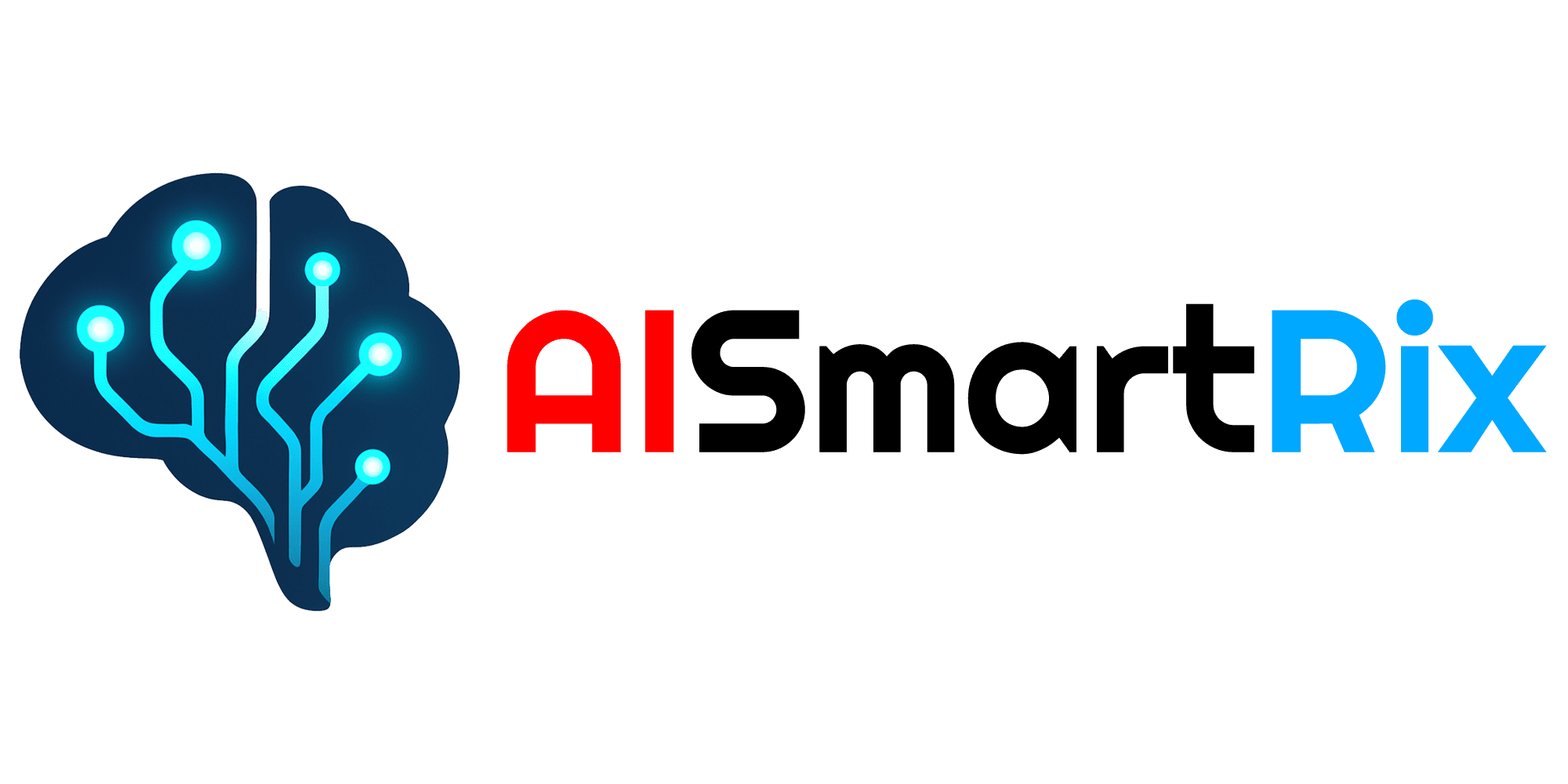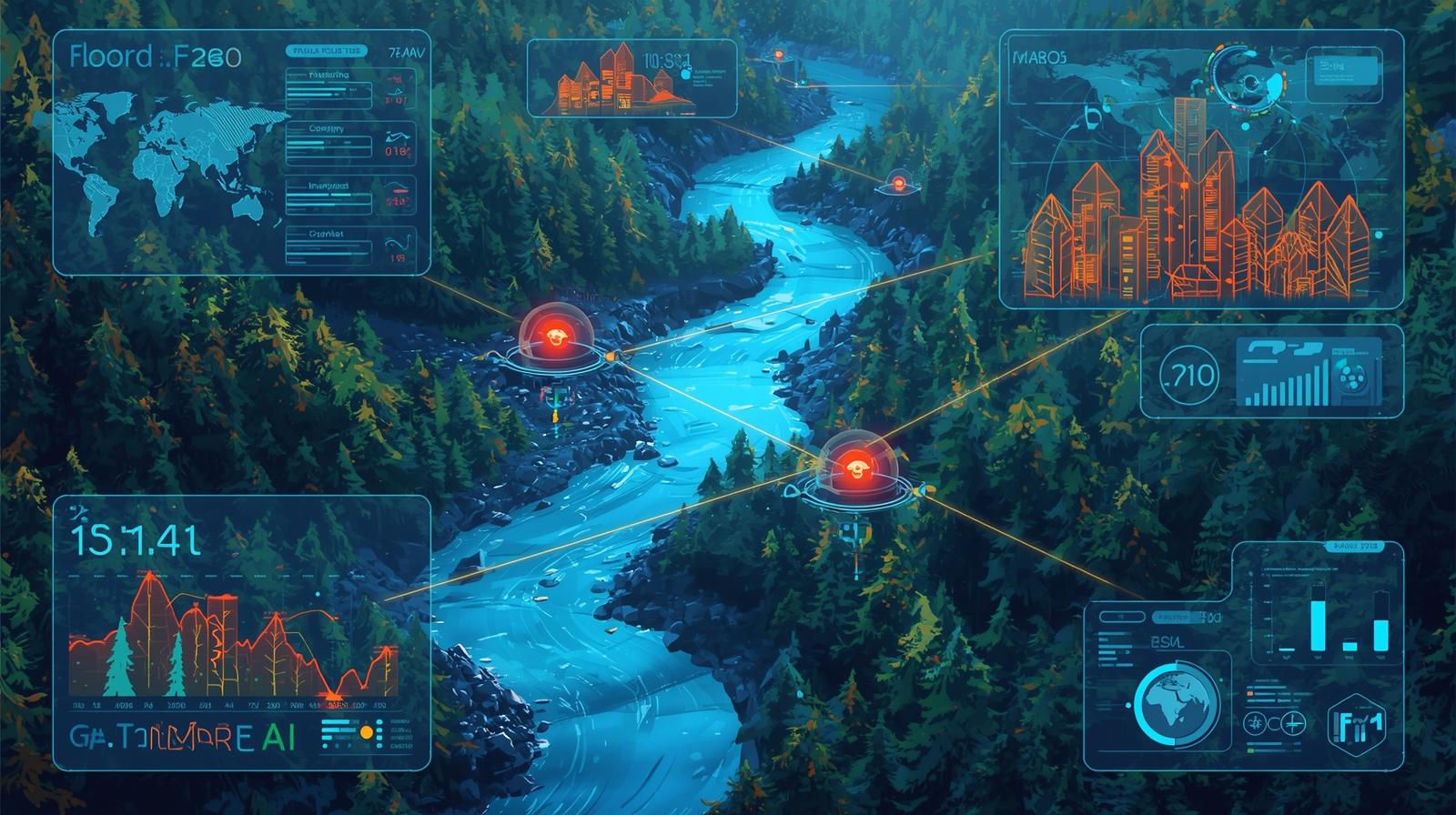AI Climate Adaptation: From Flood-Nowcasts to Wildfire Prediction
Climate change is no longer a distant threat—it is a daily reality impacting millions worldwide. Rising sea levels, intensified storms, prolonged droughts, and devastating wildfires are reshaping ecosystems, urban landscapes, and human livelihoods. As the frequency and severity of extreme weather events increase, organizations, governments, and communities are turning to Artificial Intelligence (AI) for climate adaptation.
From real-time flood nowcasting to predictive wildfire management, AI is enabling faster, smarter, and more proactive responses to climate threats. In this article, we explore how AI is reshaping climate adaptation strategies, the technologies behind it, and the real-world impacts on people and ecosystems.
1. Understanding AI Climate Adaptation
AI climate adaptation involves leveraging advanced computational methods, machine learning models, and data-driven insights to predict, mitigate, and respond to climate-related risks. Unlike traditional methods, AI can:
- Analyze vast datasets from satellites, IoT sensors, and climate models.
- Provide real-time insights for early warning systems.
- Simulate future scenarios to guide policy and infrastructure planning.
- Optimize resource allocation during disasters.
By integrating AI into climate adaptation strategies, organizations can reduce damage, save lives, and enhance resilience.
2. Flood-Nowcasting: Real-Time River and Coastal Monitoring
Flooding is one of the most common and devastating climate disasters globally. Traditional forecasting often fails to provide hyper-local and real-time warnings, leaving communities unprepared. AI-driven flood-nowcasting changes the game by:
- Predicting flood occurrence minutes to hours ahead using sensor networks and satellite imagery.
- Combining weather forecasts, river flow data, and topography to generate precise flood maps.
- Issuing early alerts to communities and emergency responders, enabling timely evacuations.
Cities like Amsterdam, Tokyo, and Miami are implementing AI flood-nowcast systems to protect millions of residents and critical infrastructure. These platforms combine machine learning, hydrological models, and IoT sensors to deliver accurate, actionable insights.
3. Wildfire Prediction: Fighting Fire Before It Spreads
Wildfires are becoming more frequent and intense due to higher temperatures, prolonged droughts, and human activity. AI is now at the forefront of predictive wildfire management, offering tools that:
- Analyze satellite imagery, vegetation density, and meteorological data to identify high-risk zones.
- Predict wildfire behavior and spread patterns, helping firefighting teams allocate resources efficiently.
- Integrate social media and crowd-sourced reports to enhance situational awareness.
- Automate early warning notifications to communities in threatened areas.
For example, California and Australia are deploying AI systems that detect fire outbreaks faster than traditional monitoring, significantly reducing response times and minimizing damage.
4. AI in Drought and Water Resource Management
Droughts pose severe risks to agriculture, water supply, and energy production. AI helps forecast water scarcity and optimize resource allocation by:
- Analyzing precipitation, soil moisture, and reservoir levels in real time.
- Predicting crop stress and irrigation needs, maximizing agricultural yield with minimal water usage.
- Guiding municipal water management to ensure sustainable supply.
AI-driven models like remote sensing platforms combined with machine learning empower governments and farmers to make data-driven decisions during prolonged dry periods.
5. Integrating AI for Multi-Hazard Climate Resilience
One of the most powerful aspects of AI in climate adaptation is its ability to integrate multiple hazard models into unified systems. For example:
- Combining flood, wildfire, and storm surge models to understand compound risk scenarios.
- Simulating urban resilience strategies, such as evacuation routes and energy grid stability.
- Optimizing insurance, emergency response, and urban planning using predictive analytics.
This holistic approach allows cities, industries, and communities to prepare for interconnected climate threats instead of addressing each hazard in isolation.
6. Challenges and Considerations
While AI offers tremendous potential, several challenges must be addressed:
- Data Quality and Accessibility: AI requires high-resolution, real-time data, which may be limited in developing regions.
- Interpretability: AI predictions must be transparent and understandable for policymakers and emergency responders.
- Infrastructure Dependency: AI models rely on robust computing and communication networks, which may be vulnerable during extreme events.
- Ethical Considerations: Equitable access to AI-driven climate adaptation tools is essential to prevent exacerbating social inequalities.
Addressing these challenges ensures that AI enhances resilience without introducing new vulnerabilities.
7. Real-World Success Stories
- Flood Prediction in Japan: AI-driven nowcasting systems in Japan have reduced flood-related fatalities by providing localized, early warnings.
- Wildfire Monitoring in California: Machine learning models combined with satellite imagery enable firefighting teams to anticipate wildfire spread and allocate resources efficiently.
- Drought Management in Sub-Saharan Africa: AI systems guide irrigation schedules and water allocation, improving crop yields during prolonged dry periods.
- European Climate Observatory: AI integrates multiple climate hazard models to inform infrastructure investments and emergency planning across the EU.
These examples demonstrate how AI climate adaptation is no longer theoretical—it is saving lives and resources today.
8. The Future of AI in Climate Adaptation
Looking ahead, AI is set to redefine how humanity interacts with climate risks:
- Global Climate Digital Twins: Real-time simulations of Earth’s ecosystems to predict cascading effects of climate events.
- AI-Driven Policy Simulations: Guiding governments on carbon reduction, urban resilience, and resource allocation.
- Autonomous Environmental Monitoring: Drones and satellites providing constant, AI-analyzed environmental data.
- Community-Integrated AI Alerts: Personalized warnings for households based on location, infrastructure, and mobility patterns.
AI is positioning itself as an essential ally in humanity’s fight against climate change, bridging the gap between predictive insight and actionable intervention.
Conclusion
From flood-nowcasts in coastal cities to predictive wildfire systems in fire-prone regions, AI is revolutionizing climate adaptation. By combining advanced analytics, machine learning, and real-time data, we are entering a new era of proactive, intelligent, and life-saving climate resilience.
As climate challenges escalate globally, the critical question remains: How can communities, governments, and organizations leverage AI to not only survive but thrive in a rapidly changing climate?





